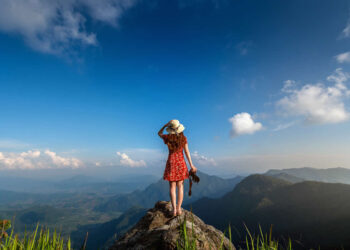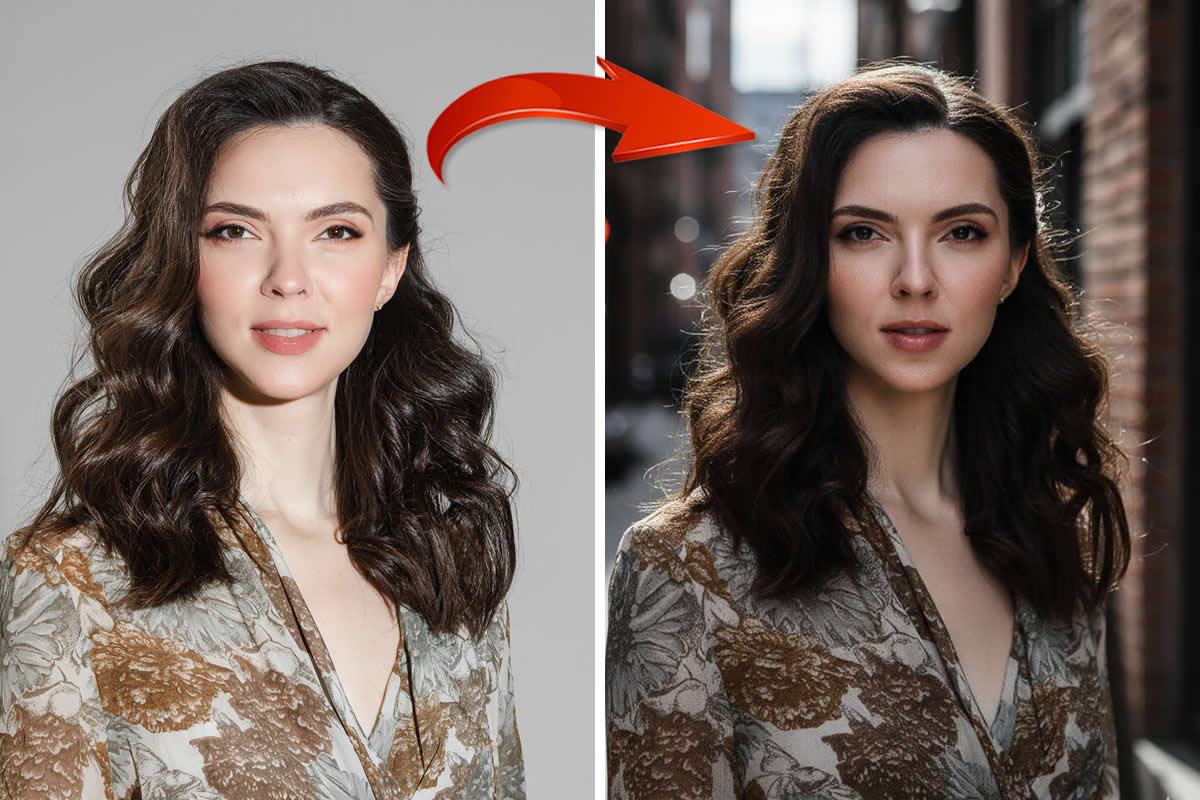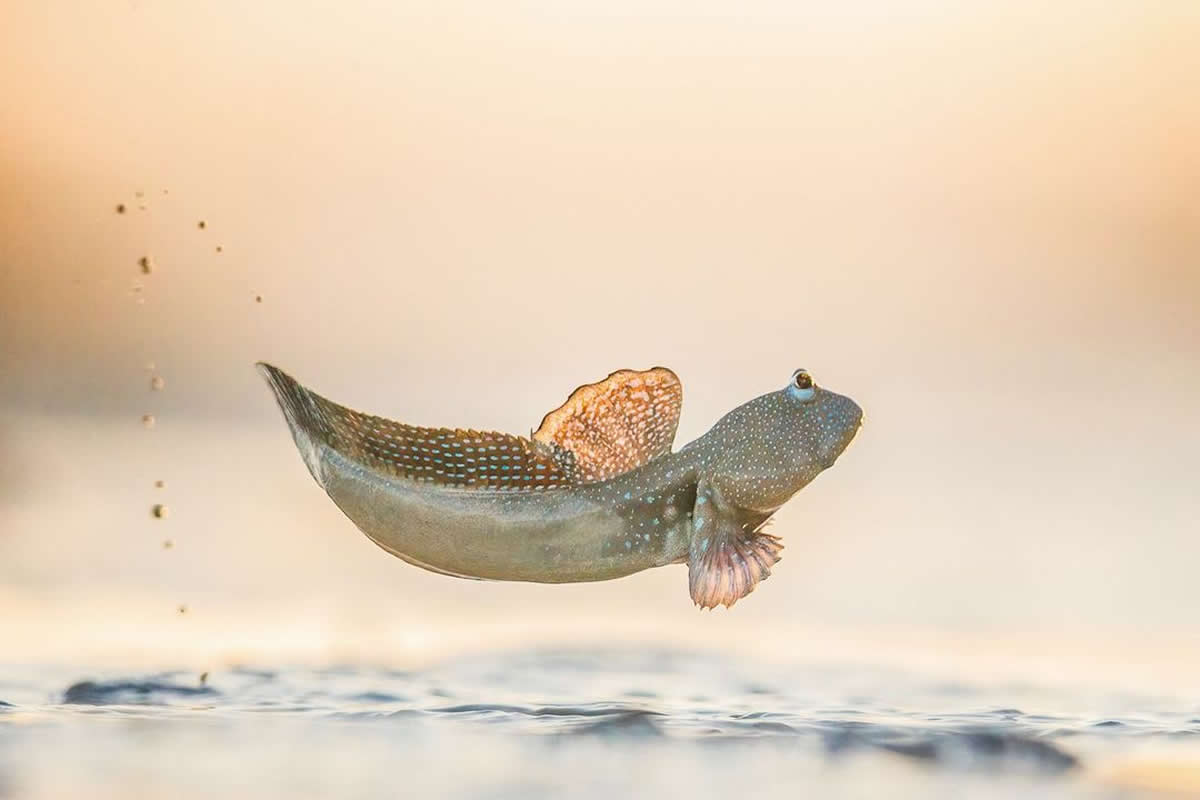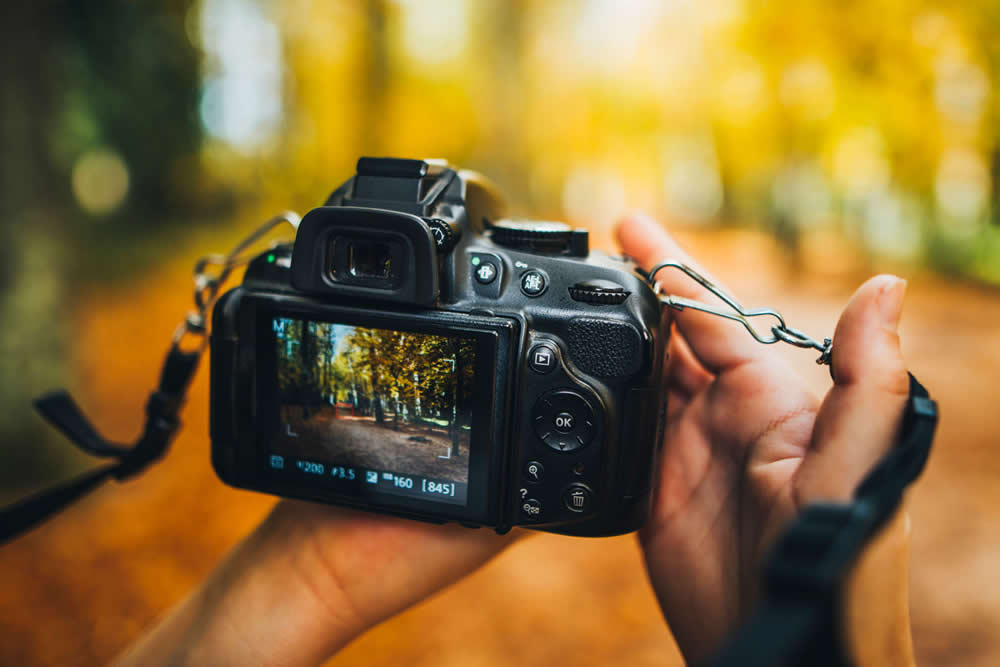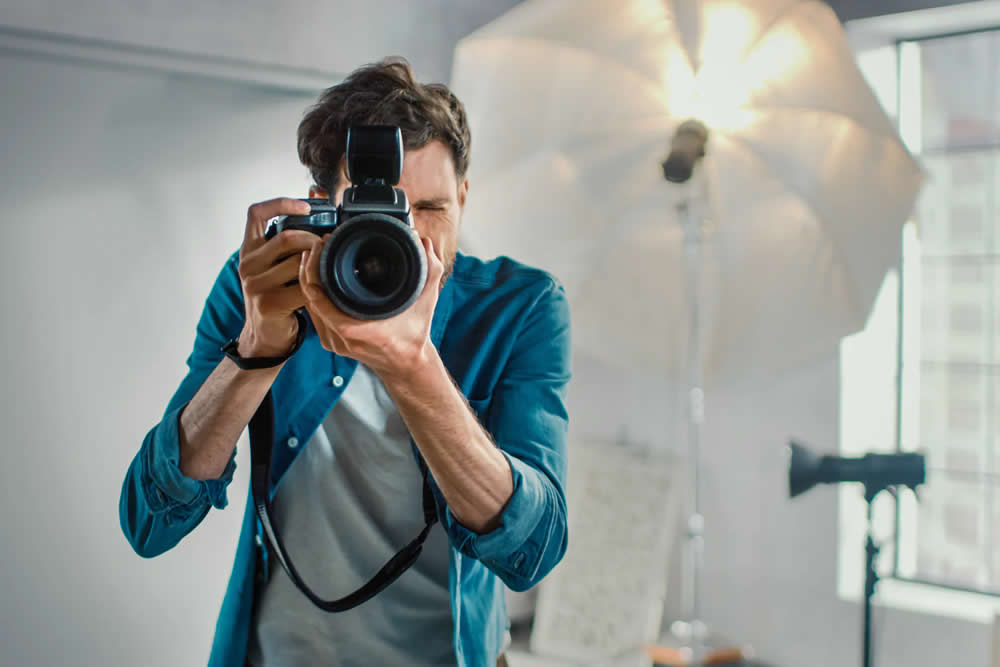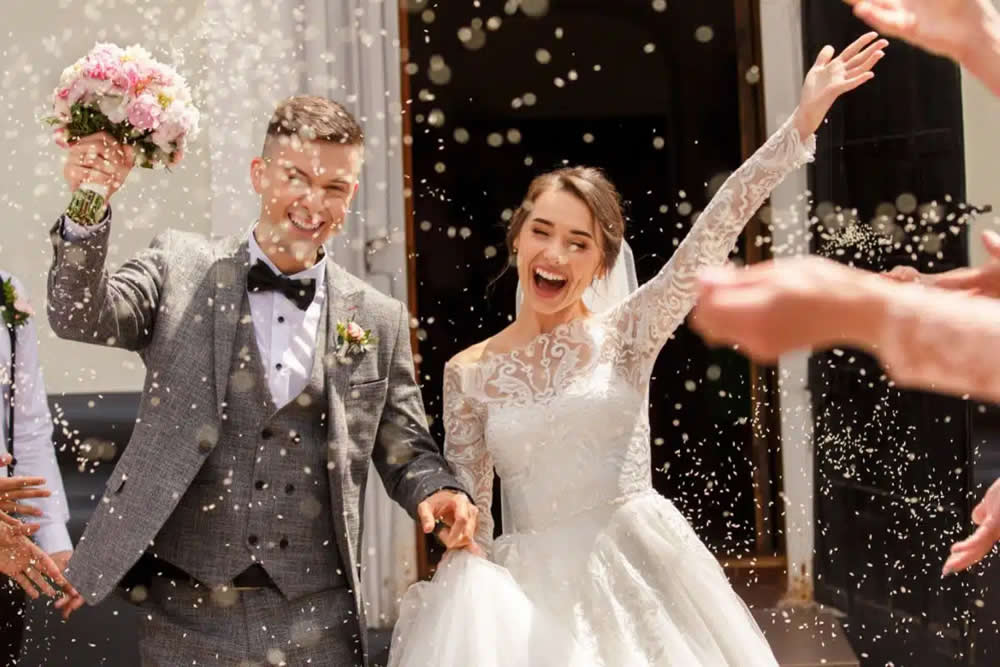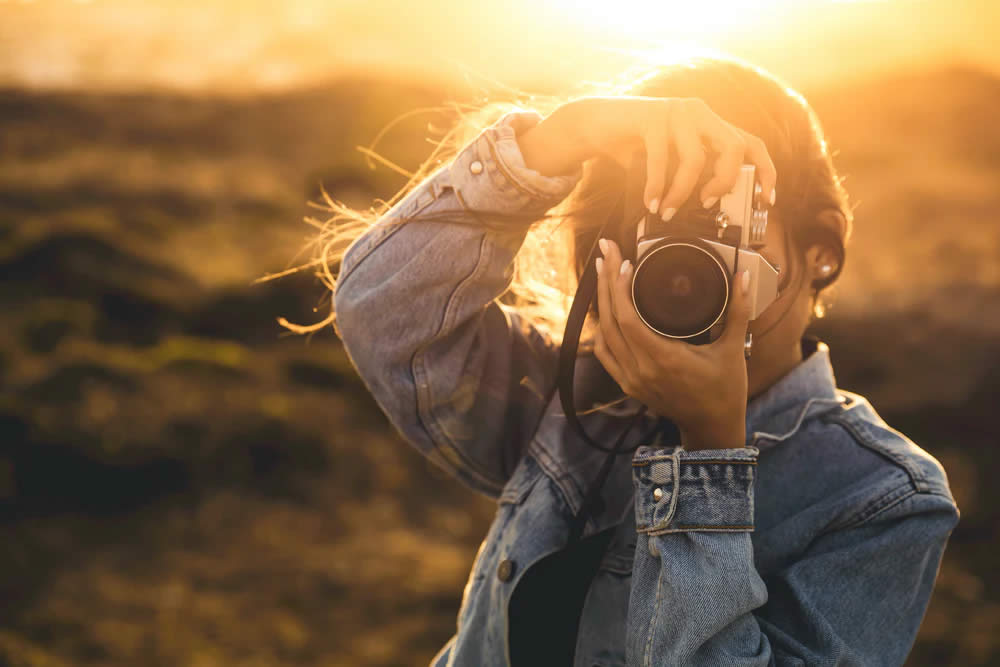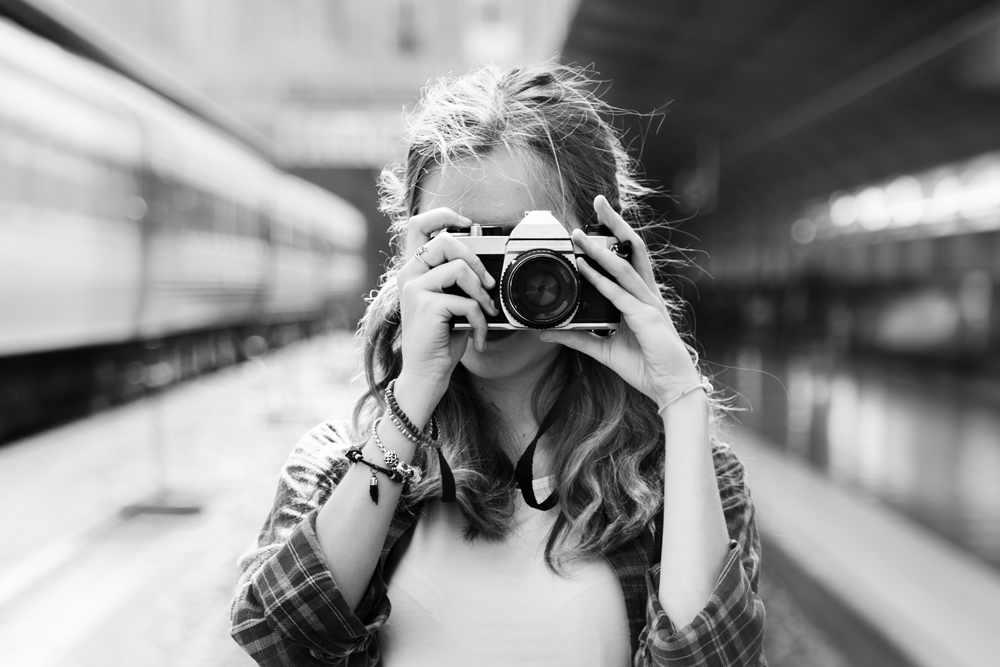Guest Article by: Gughan Bose
Light Flares are often undesirable, as they reduce the overall contrast of the photo. One of the uses of lens hoods is to eliminate flares. Although they are undesirable for some occasions, flares are of great use in others. They alter the mood of the photo dramatically. They are of great use in summer photo projects and ones that involve creating a warm or dreamy mood.
Why do we get this flare? Technically, when we have our camera/lens setup in a direct line to the light source, the light that comes from the source gets reflected within the lens setup creating flares. That’s the reason for the different shapes you see in a flare. When the light source is at your side, you will get a diffused light on one side of the photo. They are often called stray light. You can avoid them by using lens hoods or blocker cards, as you can see here.
As I said before, the use of lens flare depends on the project, the mood you want to create, and the photographer. This article gives you 3 occasions in which you can use flares.
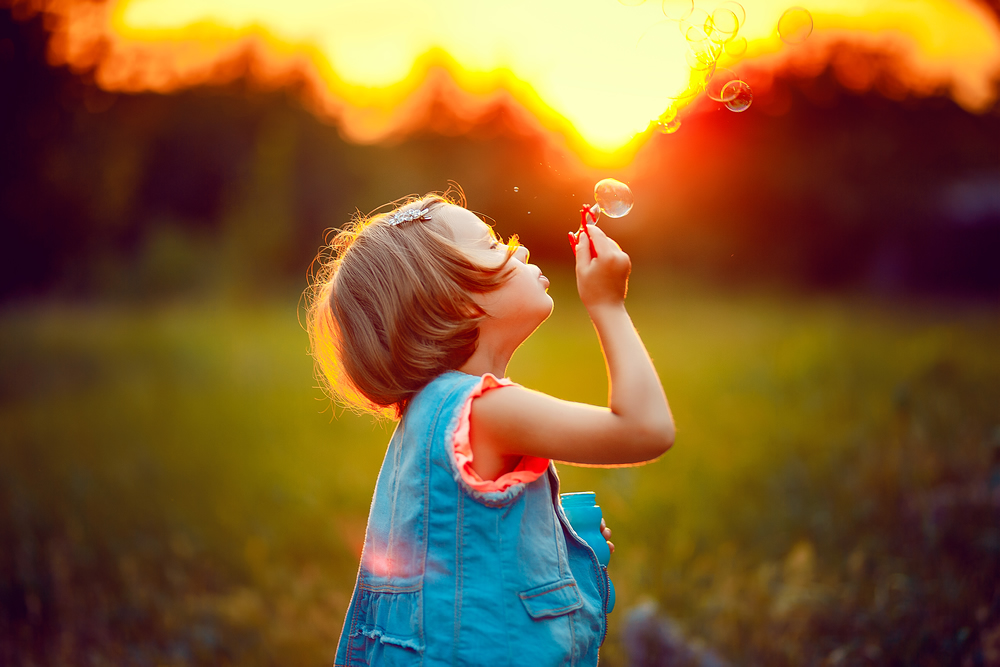
#1 Summer/Dreamy Mood
Using flares for summer projects is the most famous one and the most practiced, as well. Summers always remind us of those bright sunny days. That mood can’t be well documented in a photo without the sun and its rays. Creating flares is an art in itself. The easiest way is to partially hide the light source using your subject. Fully exposing the source may sometimes create considerable over-exposed zones, which are not desirable. But, that largely depends on the need and project at hand. The other way is to have your light source at the sides and let just the rays take their place in photos.
The dreamy mood is characterized by glow lights. That diffused light can be naturally recorded in misty/foggy places, where the light gets diffused in the mist. That mood can also be obtained by simply diffusing the sunlight to cover most parts of the frame. This not only gives us a uniform tone but also the fantasy/dreamy mood that we want.
#2 Landscapes and Architectures
The basic parts of any landscape photo are sky, land, and sometimes sun. The attributes of the sun are light and rays. So, we try to create that ray and shine with flares. When you have sun flare in a landscape photo, you are giving some life to the sun and, in the process, to the photo. The more lively and candid the photo, the more engaging it gets. For architecture, you can have either have sun or not have it. It is more of an option in the case of architecture photography, but adding flares to them is definitely a plus.
#3 Long Exposure
Long exposure photos effectively capture the light rays, since it is exposed for quite a while then normal ones. Photographers normally use ND filters for long exposure photos to get that perfect exposure. There are other special filters like cross-screen filters to create that star-shaped pattern flare that you see on long exposure photos. It is again an option. But, those star-shaped flares do look good with long exposure photos.
#4 Caution
Don’t look through the viewfinder while taking photos involving direct light sources. They are harmful to your eyes. Always use your LCD screen to take photos involving sun flares and direct light sources, as you do on point-shoot cameras without viewfinders.
About Gughan Bose
I am Gughan Bose. I am a photo hobbyist. I am currently experimenting with all genres of photography. Hopefully, I should find the one that interests me soon and I wish it to be Fine-art photography.
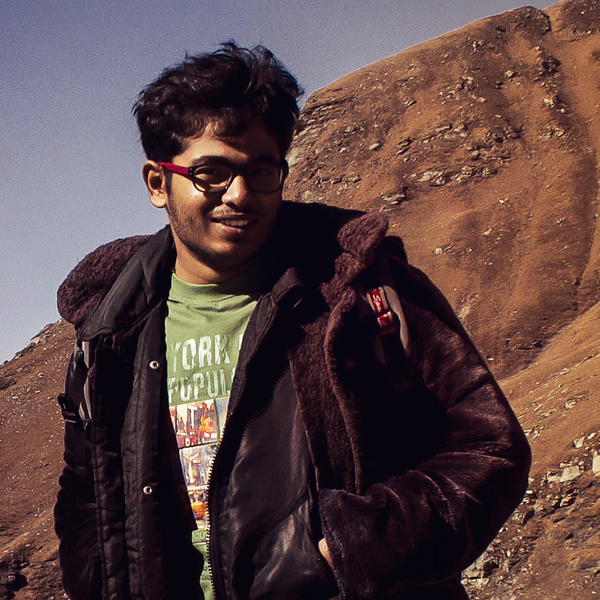
You can find Gughan Bose on the Web:

